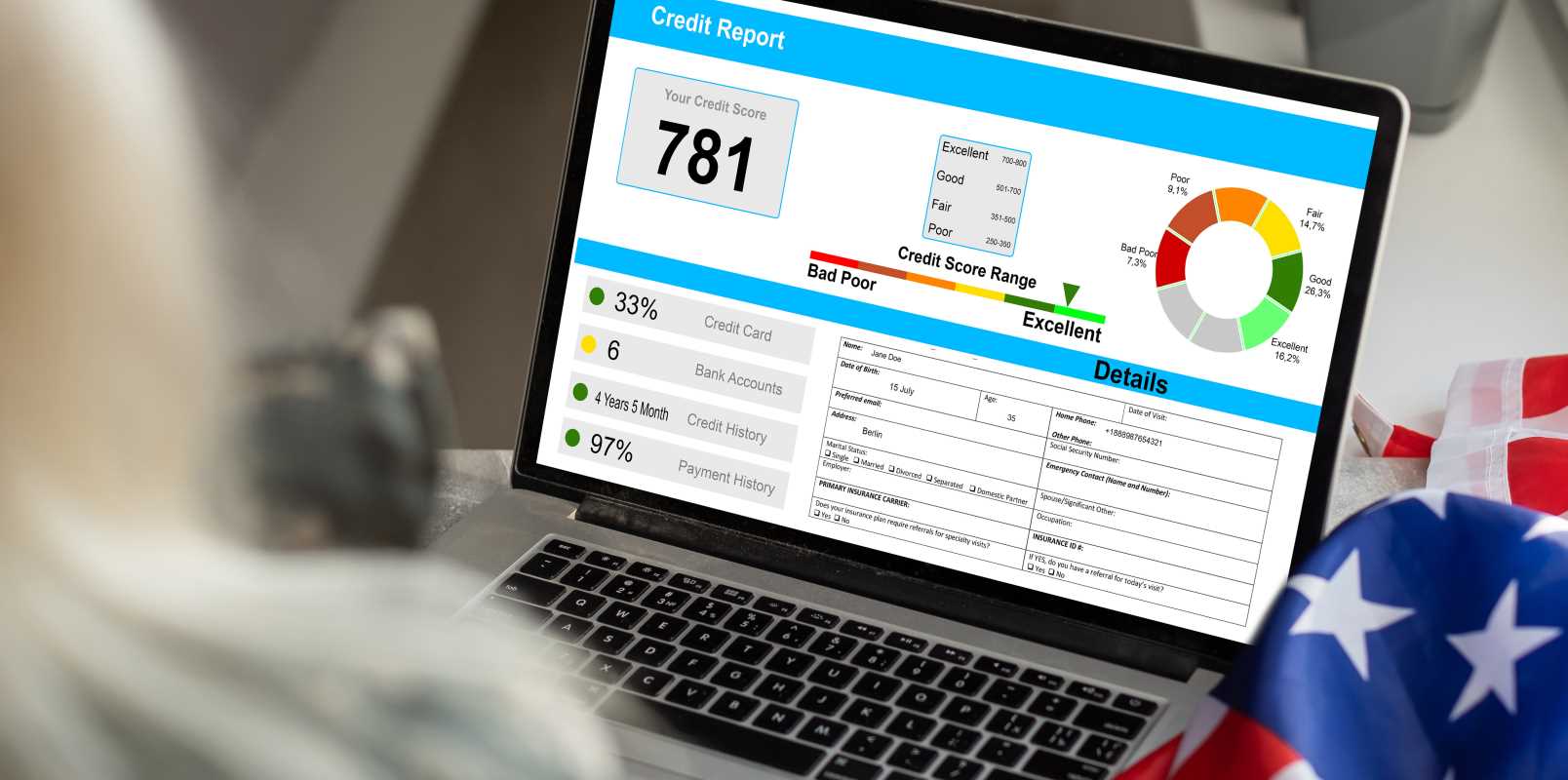Urban millennials are redefining financial growth with the rise of micro-investments. Juggling hectic schedules and facing time constraints, many young professionals find it challenging to dive into traditional investing. Fortunately, micro-investments offer a practical solution. These small, manageable investments allow them to grow their wealth steadily while avoiding the overwhelming complexity of the stock market. By embracing this approach, millennials can focus on their careers and personal lives without sacrificing their financial futures. This shift towards micro-investing reflects a savvy adaptation to modern demands, making it an ideal choice for those seeking to balance busy lives with smart financial decisions.
Why Micro-Investments Matter
- Accessibility: Start investing with as little as $5, making it easy for anyone to begin their investment journey.
- Flexibility: Invest spare change from everyday purchases, seamlessly integrating saving into your routine.
- Diversification: Spread your investments across various assets, reducing risk and enhancing potential returns.
- Educational Value: Learn the basics of investing without a significant financial commitment.
- Wealth growth: Consistent micro-investments can compound over time, leading to substantial financial gains.
Choosing the Right Platform
Selecting the right platform is crucial for a smooth micro-investing experience. Here’s a comparison of some popular options:
- Acorns: Automatically rounds up your purchases and invests the spare change. Features include diversified portfolios and educational resources.
- Stash: Allows you to start investing with as little as $5. Offers personalized advice and a variety of investment options tailored to your interests.
- Robinhood: Provides commission-free trades and a user-friendly app. Best for those who want to invest in stocks and ETFs with more control.
- M1 Finance: Combines automated investing with customizable portfolios. Ideal for users who want both automation and personalization.
- Betterment: Focuses on robo-advisory services, providing automated portfolio management based on your financial goals.
Getting Started with micro-investments
Starting your micro-investment journey is simpler than you might think. Follow these steps to get started:
- Set Your Goals: Determine what you’re investing for, whether it’s building an emergency fund, saving for a trip, or planning for retirement.
- Choose a Platform: Based on your goals and preferences, select a micro-investment platform that suits your needs.
- Link Your Bank Account: Connect your bank account to your chosen platform to enable seamless transfers and automatic investments.
- Start Small: Begin with a small amount to get comfortable with the process. Most platforms allow you to set up automatic investments with minimal funds.
- Monitor Your Investments: Regularly check your portfolio to see how your investments are performing and make adjustments as needed.
Tips for Success
- Stay Consistent: Make regular investments, even if the amounts are small. Consistency can lead to significant growth over time.
- Diversify Your Portfolio: Spread your investments across different asset classes to minimize risk and maximize potential returns.
- Educate Yourself: Take advantage of the educational resources offered by many micro-investment platforms to make informed decisions.
- Set Realistic Goals: Define achievable investment goals and adjust them as your financial situation evolves.
- Automate Investments: Use automatic investing features to ensure you never miss an investment opportunity.
- Review and Adjust: Periodically review your investment strategy and adjust based on your financial goals and market conditions.
Common Pitfalls and How to Avoid Them
While micro-investing is user-friendly, being aware of common mistakes can help you avoid hindering your progress:
- Lack of Planning: Investing without clear goals can lead to unfocused approaches. Always define your financial objectives before investing.
- Overlooking Fees: Some platforms may charge fees that can reduce your returns. Compare fee structures before committing to a platform.
- Ignoring Diversification: Putting all your money into one type of investment increases risk. Spread your investments across various assets to safeguard your portfolio.
- Emotional Investing: Making investment decisions based on emotions rather than logic can lead to poor outcomes. Stick to your strategy and avoid impulsive moves.
- Neglecting to Monitor: Failing to regularly check your investments can cause you to miss important changes or opportunities for adjustment.
By being mindful of these pitfalls and taking proactive steps to avoid them, you can enhance your micro-investing experience and work towards achieving your financial goals more effectively.
Micro-investing provides urban millennials an easy way to build their financial future. Start small with the right platform and clear plans to achieve financial independence.
 (Image via
(Image via





